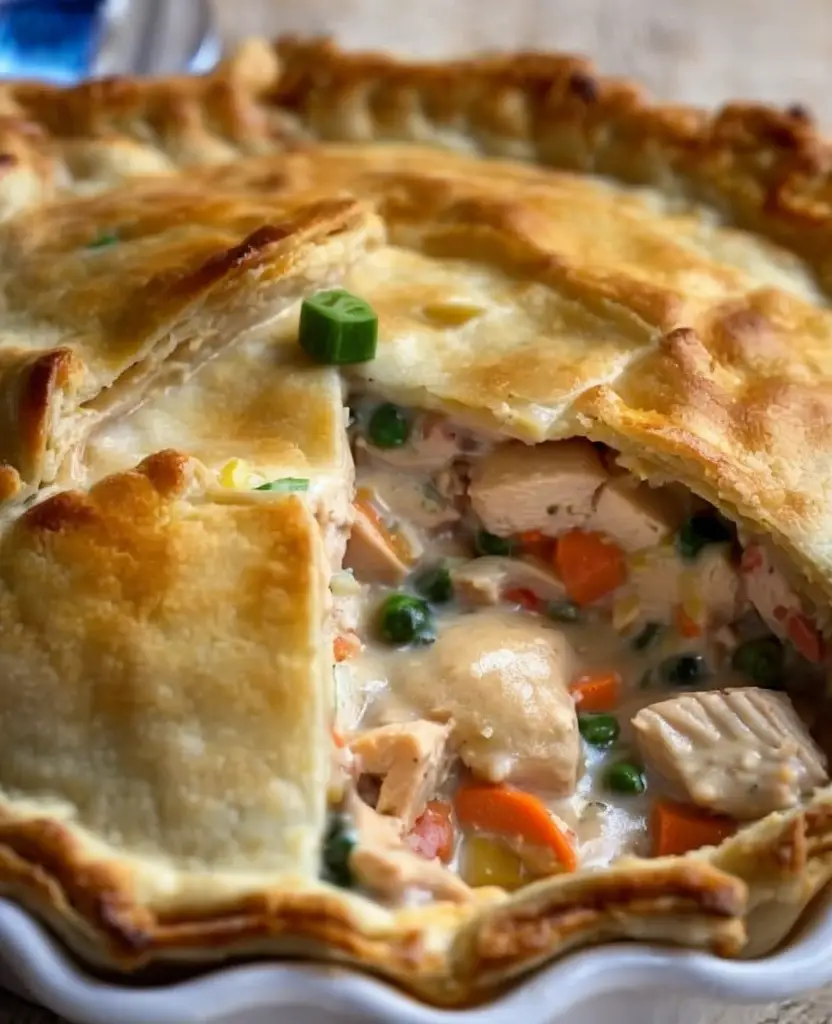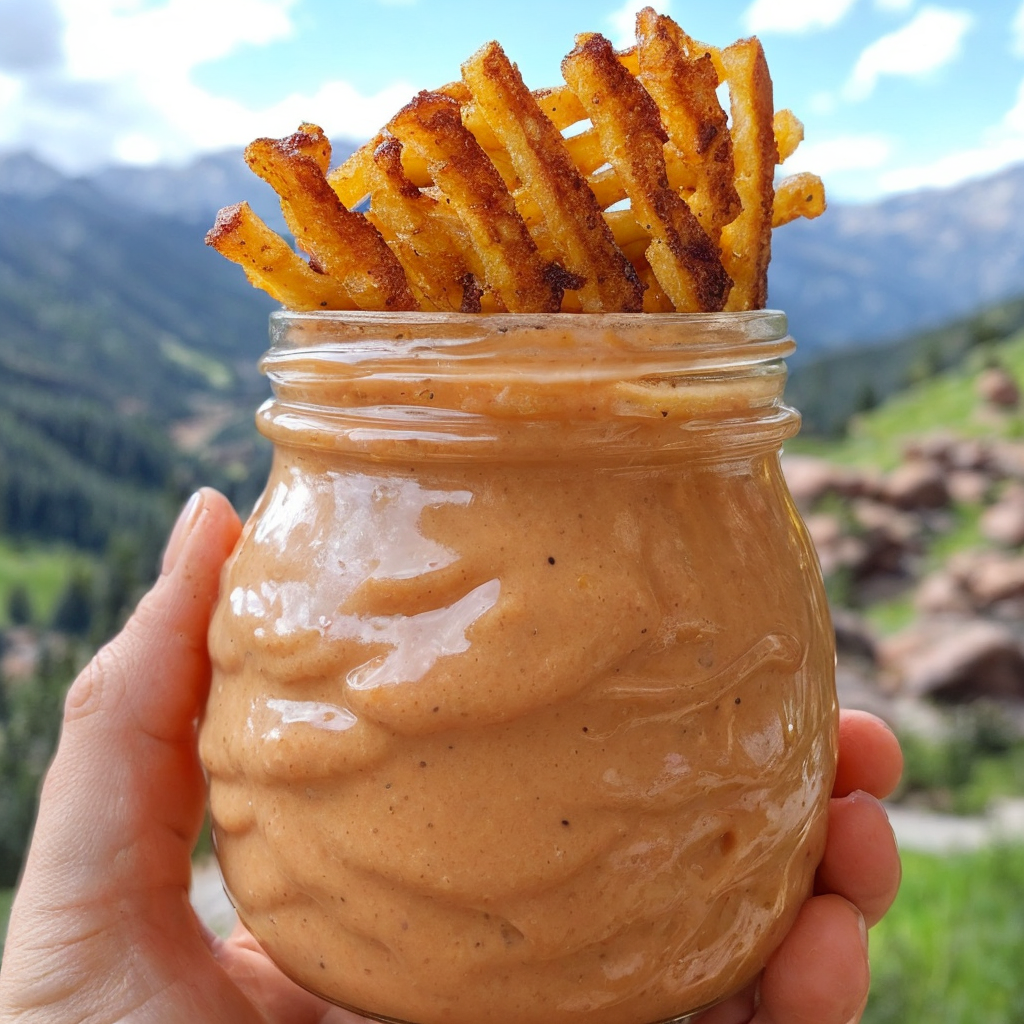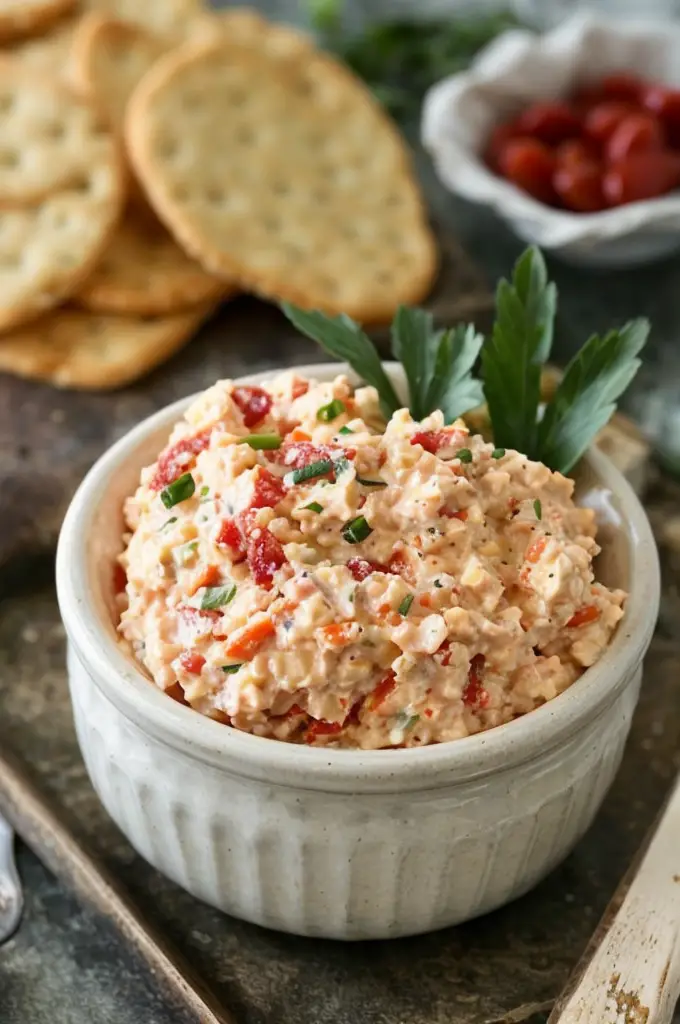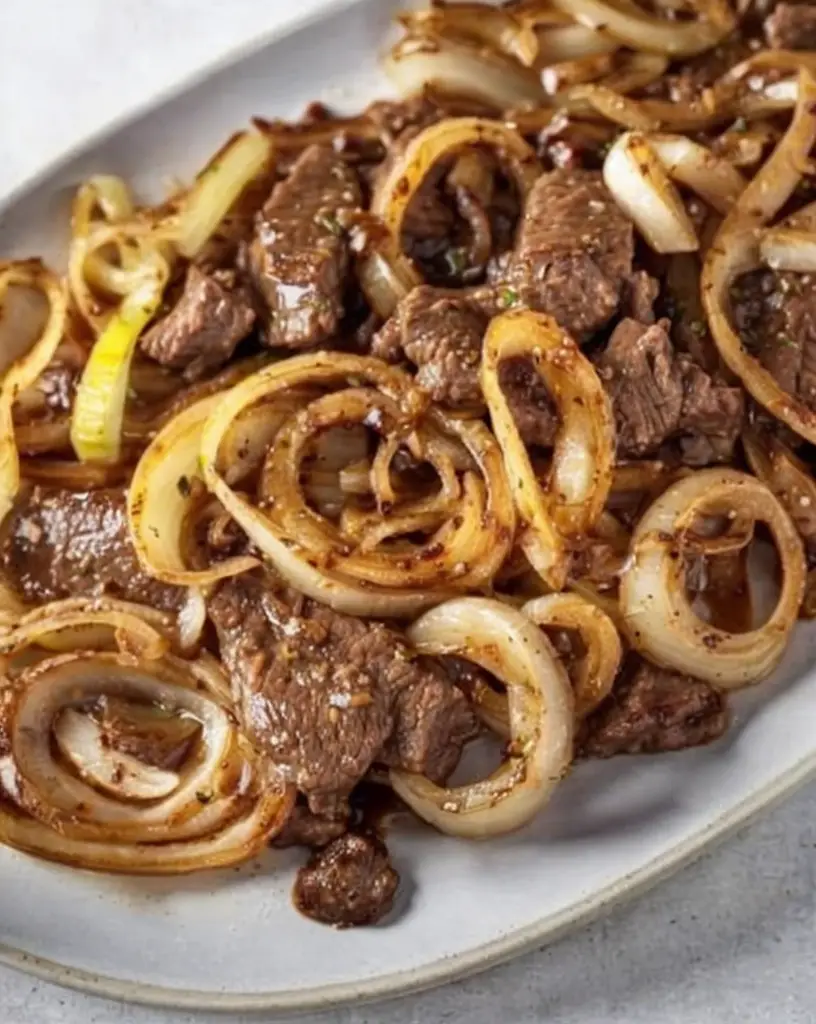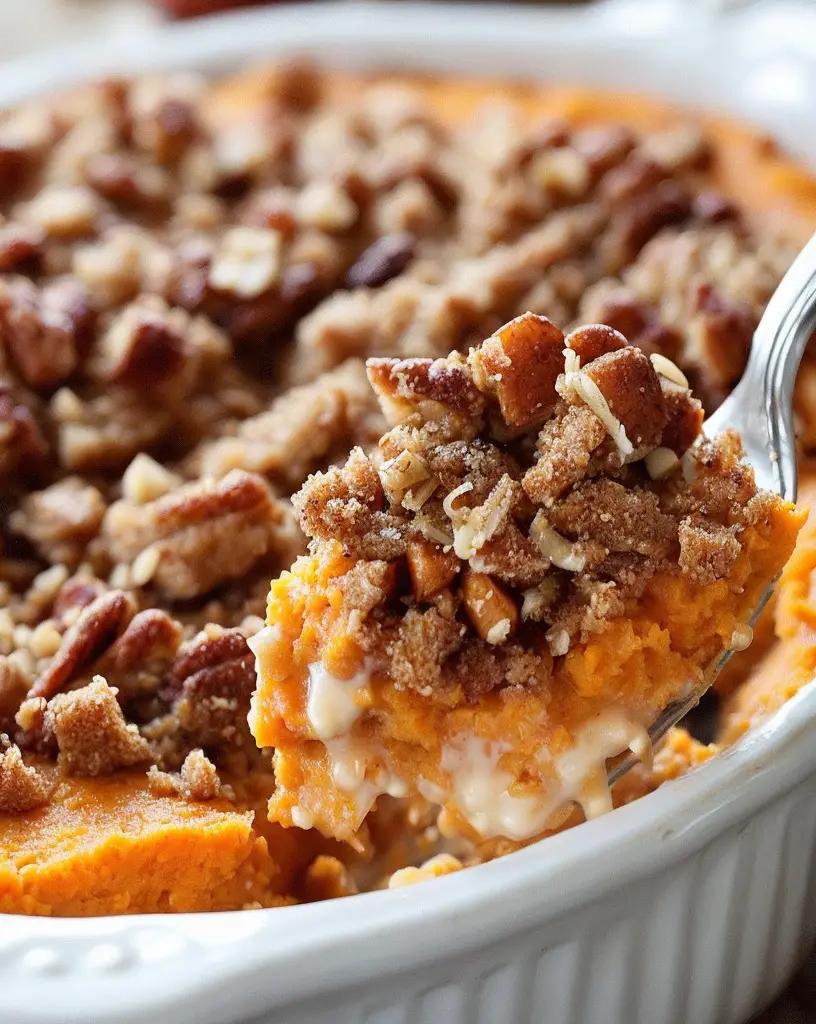Delicious Chicken Pot Pie: Comfort Food at Its Finest
Craving a delicious meal that brings warmth to your soul? Look no further than this delightful chicken pot pie recipe. With its flaky golden crust and hearty filling, this dish offers not only taste but also a satisfying texture. Perfect for a cozy family dinner or a gathering with friends, this pot pie elevates the dining experience, making every bite feel like a warm hug on a chilly day. Get ready to indulge in a sensory journey with aromas that embrace your kitchen, flavors that dance on your palate, and textures that define comfort food.
Quick Recipe Highlights
- Flavor Profile: A rich and savory medley of tender chicken, fresh vegetables, and creamy sauce, harmoniously balanced within a buttery crust.
- Texture: The flaky pastry provides a crisp contrast to the creamy, slightly chunky filling, offering an engaging mouthfeel.
- Aroma: The intoxicating scent of baked pastry and savory filling wafts through your home, beckoning everyone to the table.
- Visual Appeal: An inviting golden-brown crust punctuated by peeking vegetables and tender chicken pieces adds rustic charm.
- Skill Level Needed: Ideal for intermediate cooks familiar with pastry work and sauce preparation, requiring careful attention to detail.
- Special Equipment: A pie dish and rolling pin are essential for achieving the perfect crust, while a sauté pan ensures evenly cooked filling.
Recipe Overview
- Difficulty Level: This medium-difficulty recipe requires basic culinary skills, including dough handling and simmering techniques for sauce preparation.
- Category: Main course, ideally suited for a hearty family meal or cozy gathering.
- Cuisine: Rooted in classic American comfort food traditions, evoking nostalgic memories of homestyle cooking with a modern twist.
- Cost: With accessible ingredients like chicken, carrots, and peas, the dish is budget-friendly and elevated by quality pastry.
- Season: Best enjoyed in fall or winter when a warm, nourishing meal is most comforting.
- Occasion: Perfect for Sunday dinners, family gatherings, or evenings when cozy dining is desired.
Why You’ll Love This Recipe
Chicken pot pie captures the heart with its delectable marriage of flavors and textures. The buttery, flaky crust encases a luscious filling that blends the tender juiciness of chicken with the crispness of fresh vegetables, simmered to perfection in a rich, creamy sauce. Each bite offers an explosion of taste and texture, appealing to both refined and simple palates. The recipe’s convenience is unmatched—using accessible ingredients and straightforward steps, it streamlines your kitchen efforts while showcasing culinary skill.
From a nutritional standpoint, this meal provides a well-rounded serving of proteins, vitamins, and minerals, ensuring your family enjoys both flavor and health. It’s also a social centerpiece, inviting everyone to gather around, share stories, and enjoy the warmth it brings to the table. Affordable and straightforward, chicken pot pie makes an excellent addition to your menu, satisfying cravings while respecting your grocery budget.
Historical Background and Cultural Significance
The beloved chicken pot pie traces its origins back to medieval times when savory pies were a staple in European cuisine. Initially reserved for royalty and the upper classes, these pies evolved over centuries, transforming into the comforting dish we know today. In America, chicken pot pie became popular for its versatility and ability to stretch ingredients further. Its cultural significance lies in its adaptability; variations are found across regions, each uniquely influenced by local ingredients and traditions.
Over time, the dish has evolved to reflect cultural shifts—incorporating diverse flavors and techniques. Regional takes on pot pie, from New England to the Southern states, showcase how this dish continues to evolve while holding steadfast to its roots. As we’ve embraced health-conscious eating, the recipe has further adapted, sometimes featuring whole-grain crusts and more vegetables, allowing modern cooks to tailor it to their needs.
Ingredient Deep Dive
The star of the pot pie is undoubtedly the chicken. With a timeline stretching back centuries, chicken holds a place in many cuisines worldwide. Packed with protein, it’s not only nutritious but also adaptable to various cooking methods, ensuring moistness when baked. Select fresh, free-range chicken for superior flavor, storing it in the refrigerator and using it within a few days.
In tandem with chicken, vibrant vegetables such as carrots, peas, and potatoes bring color, texture, and nutrients. Carrots, rich in beta-carotene, are a traditional choice that maintains its integrity within the pie. Fresh herbs like thyme and rosemary elevate the depth of flavor with their aromatic earthiness. These should be stored in cool, dry places, and choosing plump, vibrant herbs guarantees potency.
Common Mistakes to Avoid
- Overcooking the chicken: This leads to dry, tough meat. Avoid this by poaching or steaming it gently.
- Uneven crust thickness: Roll pastry evenly to ensure consistent baking, crucial for avoiding underdone or burnt edges.
- Thick filling: Ensure your sauce consistency is pourable yet thickened enough to set as the pie bakes. A slurry of cornstarch can remedy a runny filling.
- Rushing the baking process: Allow the pie to bake until the crust is golden and the filling bubbly to achieve the right texture.
- Improperly chilling the dough: Cold dough is key to achieving a flaky crust. Rest it in the fridge before use.
- Overloading the pie: Filling should be balanced to avoid spillage and ensure even cooking.
- Ignoring seasoning: Season the filling thoroughly before baking to enhance flavors.
- Serving immediately: Let the pie cool slightly after baking for easier slicing and to retain structure.
Essential Techniques
Creating the perfect chicken pot pie involves mastering a few key techniques. First, mastering the pastry dough ensures a flaky, buttery crust—a hallmark of good pie making. Avoid overworking the dough, using cold ingredients and light handling to preserve that sought-after crumb. Similarly, constructing a creamy sauce requires making a roux, blending equal parts flour and fat to form the base for a luscious, velvety sauce. Stir continuously as liquid is added to avoid lumps, and cook until the desired thickness is reached.
Pro Tips for Perfect Chicken Pot Pie
1. Use a combination of butter and shortening in your crust for an optimal blend of flavor and flakiness.
2. Allow your filling to cool before adding it to the raw crust to prevent sogginess.
3. Incorporate frozen veggies if fresh ones aren’t available—they save time and retain nutrients.
4. Pre-bake the bottom crust for few minutes to avoid a soggy base in your chicken pot pie.
5. If the edges of the pie crust begin to over-brown, tent them with foil for the remaining bake time.
6. To create an eye-catching presentation, cut decorative designs into the top crust before baking.
7. For extra flavor, brush the crust with an egg wash and sprinkle with a hint of sea salt or herbs.
Variations and Adaptations
Let your chicken pot pie stand out by incorporating regional spices, or try international twists with curry for a flavorful punch. For a lighter take, use a phyllo dough topping instead of traditional pie crust to reduce calories while maintaining crisp texture. Create a vegetarian version with robust mushrooms as the primary ingredient, or adapt a vegan version using coconut milk in the sauce and substituting plant-based protein for chicken. Texturally, you might add in roasted nuts for a contrasting crunch, while adding or altering herbs provides endless flavor potential.
Serving and Presentation Guide
When plating your chicken pot pie, consider a rustic presentation. Place a generous slice on a simple country-style plate, allowing the golden crust and hearty filling to take center stage. Garnish with fresh herbs such as parsley or thyme for a burst of color. Traditional accompaniments include a fresh green salad or roasted root vegetables to balance the richness of the pie. For modern flair, you might serve smaller individual pies, enhancing both portion control and aesthetic appeal.
Wine and Beverage Pairing
A dish as fall-friendly as chicken pot pie pairs wonderfully with a glass of Chardonnay or a crisp Sauvignon Blanc, emphasizing its creamy and savory elements. For red wine enthusiasts, a light Pinot Noir can complement the chicken’s mild flavor without overwhelming it. Non-alcoholic pairings might include a slightly tart apple cider or a herby iced tea. When considering temperature, serve whites chilled and reds slightly below room temperature to enhance the dish’s flavors.
Storage and Shelf Life
Proper storage ensures your chicken pot pie stays fresh. Store leftovers in an airtight container in the refrigerator, where it will keep for up to three days. To reheat, use an oven rather than a microwave, which helps maintain the crust’s texture. For longer storage, freezing is possible—wrap the pie tightly in plastic wrap and foil, where it will remain good for up to three months. Before serving, thaw in the refrigerator overnight and reheat thoroughly.
Make Ahead Strategies
Prepare elements of your chicken pot pie in advance for easy assembly. Make and refrigerate the dough up to two days ahead, or freeze it until needed. The filling can also be cooked and stored in the fridge for up to 24 hours before assembling and baking the pie. To retain freshness, add any fresh herbs or citrus zest just before baking. This not only saves time but also delivers the taste of a freshly-prepared meal.
Scaling Instructions
Scaling the chicken pot pie recipe to feed more or fewer people is simple. For a smaller household, halve the recipe, ensuring you adjust the pie dish size accordingly. Doubling the recipe to serve a crowd necessitates larger baking dishes or creating multiple pies. Always consider oven space and cooking time, which may need tweaking for larger quantities. Store additional portions using the storage methods mentioned above for convenience.
Nutritional Deep Dive
Chicken pot pie offers a harmonious balance of macronutrients, providing protein from the chicken and carbohydrates from the crust and vegetables. Micronutrients abound from the variety of vegetables included, contributing to a robust vitamin and mineral profile. When consumed mindfully, it serves as both a hearty family meal and a component of a balanced diet. Adjust serving sizes to manage calorie intake while enjoying the dish’s complexity and fulfilling nature.
Dietary Adaptations
For those needing gluten-free options, substitute the pie crust with a gluten-free flour blend, ensuring the same flaky texture. A dairy-free version can be achieved by using vegetable shortening and coconut milk in place of butter and cream. A low-carb adaptation leans towards almond flour crusts and relying more on low-carb vegetables like cauliflower. Personalized adjustments ensure everyone can delight in this classic dish while adhering to their dietary requirements.
Troubleshooting Guide
Common issues like soggy crusts often require pre-baking solutions, while overly runny filling suggests thickening with additional cornstarch. Balancing seasoning can be tricky; taste frequently during preparation and adjust as needed. Avoid crust shrinkage by ensuring dough rests before baking and use pie weights to prevent puffing. If timing issues arise, be mindful to start with a preheated oven and monitor closely to catch early signs of over or under-cooking.
Recipe Success Stories
Our recipe community continually shares success stories, with many readers customizing their chicken pot pies with delightful results. From adding fresh herbs to experimenting with various crust decorations, these adaptations inspire creativity. We invite you to share your versions through our social media channels. Capture stunning photos by focusing on natural light to highlight the pie’s golden crust and vibrant filling, making every creation picture-perfect.
Frequently Asked Questions
A: Yes, a store-bought crust offers convenience, though making your own allows for better flavor and ingredient control.
Q: How do I prevent the bottom crust from getting soggy?
A: Pre-baking the crust or brushing it with egg white helps create a barrier, retaining its texture.
Q: What should I serve alongside chicken pot pie?
A: A crisp green salad or tangy coleslaw complements the richness of the pie well.
Q: How can I make the pie dairy-free?
A: Swap butter for a plant-based alternative and use coconut milk for creaminess.
Q: Is it okay to substitute other meats?
A: Certainly! Turkey or ham work wonderfully as alternatives, especially with post-holiday leftovers.
Additional Resources
Explore our comprehensive guides for further recipe success, from mastering dough techniques to detailed ingredient profiles. Check out related recipes like beef stew or vegetable pot pie, offering additional insight into building flavors and techniques. For those interested in equipment advice, our reviews can help guide your choices, ensuring each kitchen task is executed with precision.
Join the Conversation
We encourage you to join our culinary community through social media. Share your recipe trials, triumphs, and adaptations, creating a dialogue that celebrates diverse tastes and creativity. Your feedback and suggestions continually improve our shared experiences, while photography tips and reviews help us evolve these beloved traditions into contemporary culinary arts.
The Recipe
Delicious Chicken Pot Pie
Serves: 6
Prep Time: 30 mins
Cook Time: 45 mins
Total Time: 75 mins
Kitchen Equipment Needed
- Pie dish
- Rolling pin
- Sauté pan
- Whisk
- Baking sheet
Ingredients
- 2 cups cooked chicken, diced
- 1 cup carrots, diced
- 1 cup peas
- 1 small onion, chopped
- 2 celery stalks, chopped
- 1/3 cup butter
- 1/3 cup all-purpose flour
- 1/2 teaspoon salt
- 1/4 teaspoon black pepper
- 1/4 teaspoon celery seed
- 1 3/4 cups chicken broth
- 2/3 cup milk
- 2 pie crusts
Directions
- Preheat oven to 425°F (220°C).
- In a saucepan, combine chicken, carrots, peas, and celery. Add water to cover and boil for 15 minutes. Remove from heat, drain, and set aside.
- In the saucepan, over medium heat, cook onions in butter until soft and translucent. Stir in flour, salt, pepper, and celery seed. Slowly stir in chicken broth and milk. Simmer over medium-low heat until thick. Remove from heat and set aside.
- Place the chicken mixture in the bottom pie crust. Pour hot liquid mixture over. Cover with top crust, seal edges, and cut away excess dough. Make several small slits in the top to allow steam to escape.
- Bake in the preheated oven for 30 to 35 minutes, or until pastry is golden brown and filling is bubbly. Cool for 10 minutes before serving.
Recipe Notes
- Add herbs like thyme or parsley for additional flavor.
- Substitute vegetables based on preference, such as sweet potatoes or corn.
